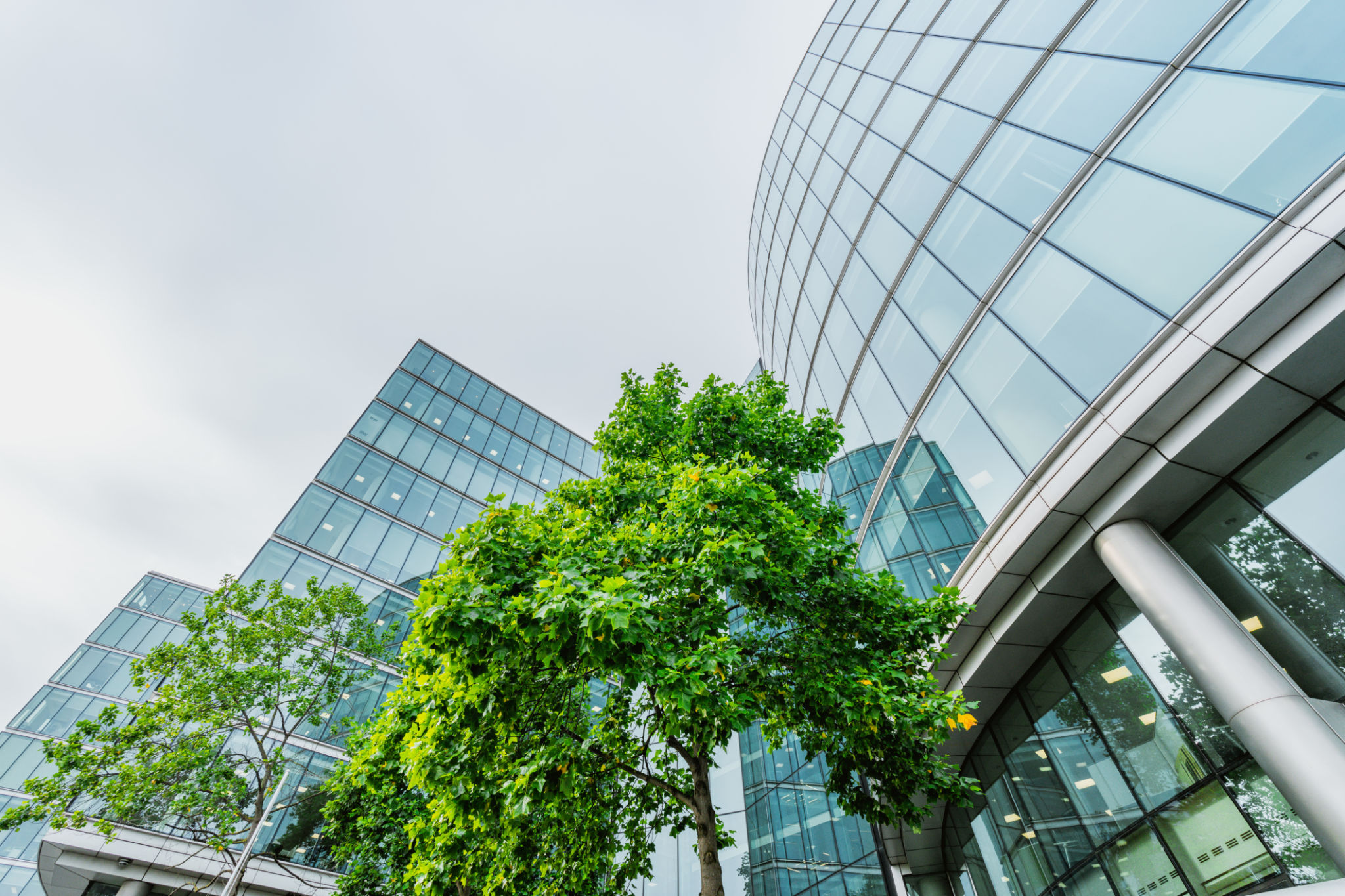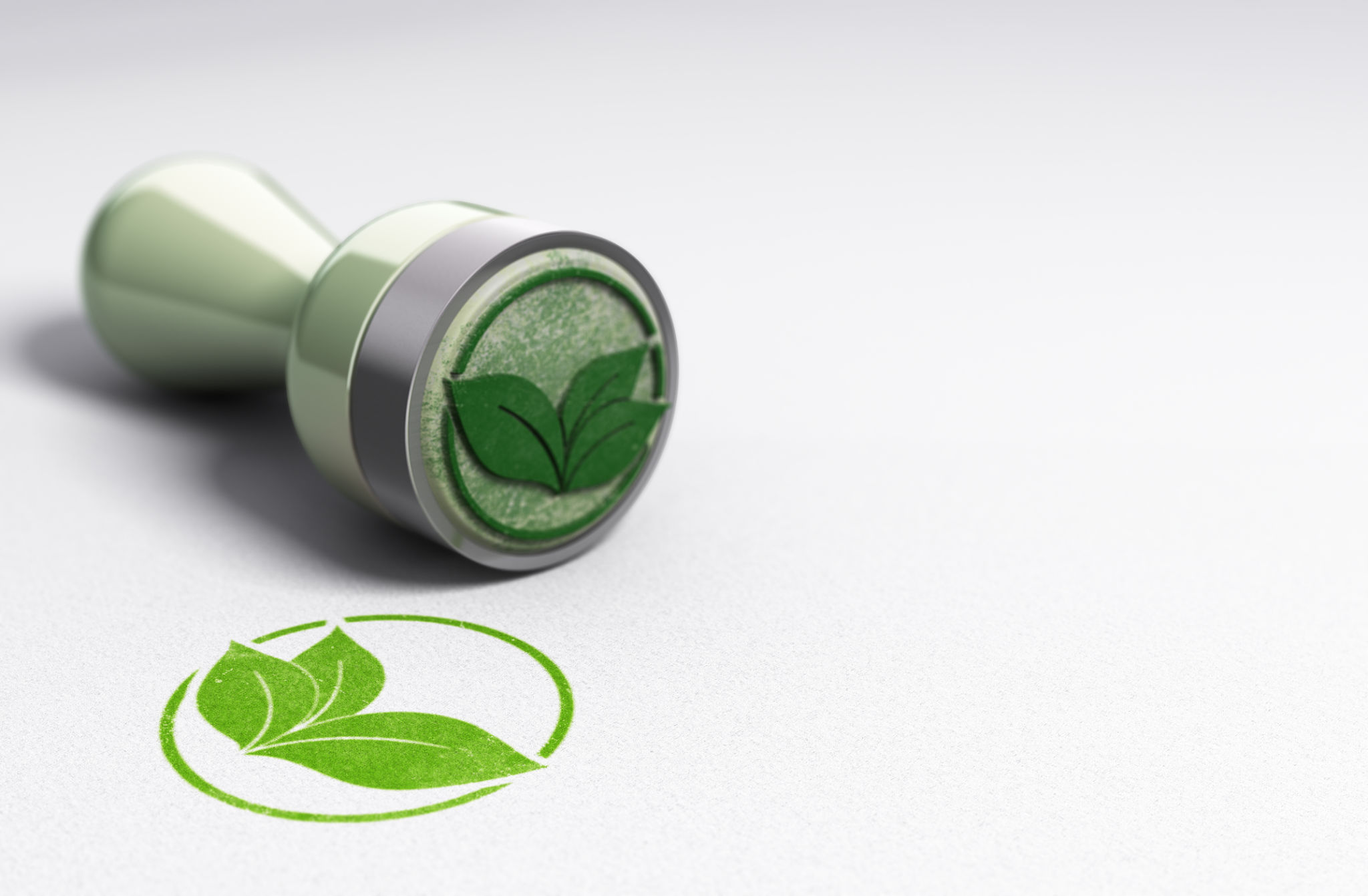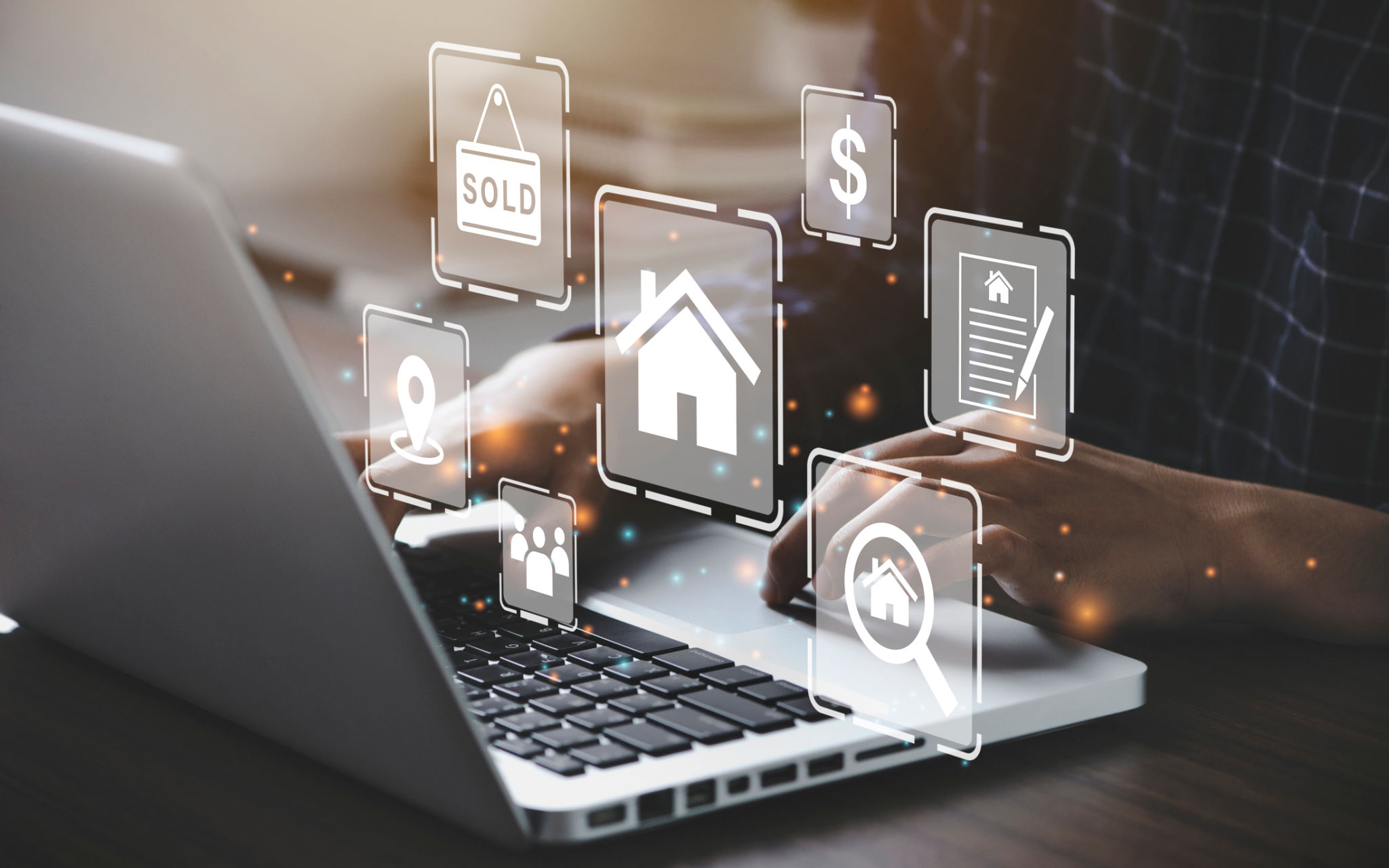How Sustainable Practices are Shaping the Future of Real Estate
Es
The Rise of Sustainable Real Estate
As the world faces increasing environmental challenges, the real estate industry is undergoing a transformation. Sustainable practices are no longer just a trend; they are rapidly becoming a necessity. This shift is not only driven by environmental concerns but also by changing consumer expectations and regulatory pressures. The integration of sustainable practices in real estate is shaping the future of this industry in profound ways.

Eco-Friendly Construction Materials
One of the most significant changes in real estate has been the adoption of eco-friendly construction materials. These materials, such as recycled steel, bamboo, and low-VOC paints, are reducing the carbon footprint of buildings. By utilizing sustainable resources, developers can create structures that are both durable and environmentally friendly. This shift towards green materials is anticipated to grow as more builders recognize the benefits of reducing waste and conserving resources.
Energy Efficiency and Smart Technologies
Energy efficiency is at the core of sustainable real estate practices. Developers are increasingly incorporating smart technologies into buildings to minimize energy consumption. This includes the installation of energy-efficient HVAC systems, LED lighting, and solar panels. Smart home technologies allow homeowners to monitor and reduce energy use, resulting in cost savings and a reduced environmental impact. Such innovations are essential as we strive towards a more sustainable future.

Water Conservation Measures
Water conservation is another critical aspect of sustainable real estate. Innovative systems such as rainwater harvesting, greywater recycling, and low-flow fixtures are being integrated into new developments. These measures help reduce water usage, which is crucial in areas facing water scarcity. By prioritizing water conservation, the real estate industry can play a significant role in preserving this vital resource.
The Role of Green Certifications
Green building certifications, such as LEED and BREEAM, are becoming increasingly important in the real estate market. These certifications provide a framework for evaluating the sustainability of a building, taking into account factors like energy use, indoor environmental quality, and resource efficiency. Properties with green certifications often command higher market values and attract environmentally conscious buyers and tenants.

Urban Planning and Sustainable Communities
Sustainable practices are influencing not just individual buildings but entire communities. Urban planners are designing neighborhoods that promote walkability, reduce reliance on cars, and integrate green spaces. These communities aim to improve quality of life while minimizing environmental impact. By fostering sustainable living environments, urban planners are helping to create a more sustainable future for cities worldwide.
Benefits for Investors and Developers
Investors and developers are increasingly recognizing the financial benefits of sustainable real estate. Sustainable properties often have lower operating costs due to reduced energy and water use. Additionally, they tend to attract premium rents and have higher occupancy rates. As sustainability becomes more central to real estate strategies, those who embrace these practices stand to gain a competitive advantage in the market.

The Path Toward a Greener Future
The integration of sustainable practices in real estate is crucial for addressing global environmental challenges. By embracing eco-friendly materials, energy-efficient technologies, and water conservation measures, the industry can significantly reduce its impact on the planet. As consumer awareness grows and regulations tighten, sustainable real estate will continue to shape the future of how we build and live.